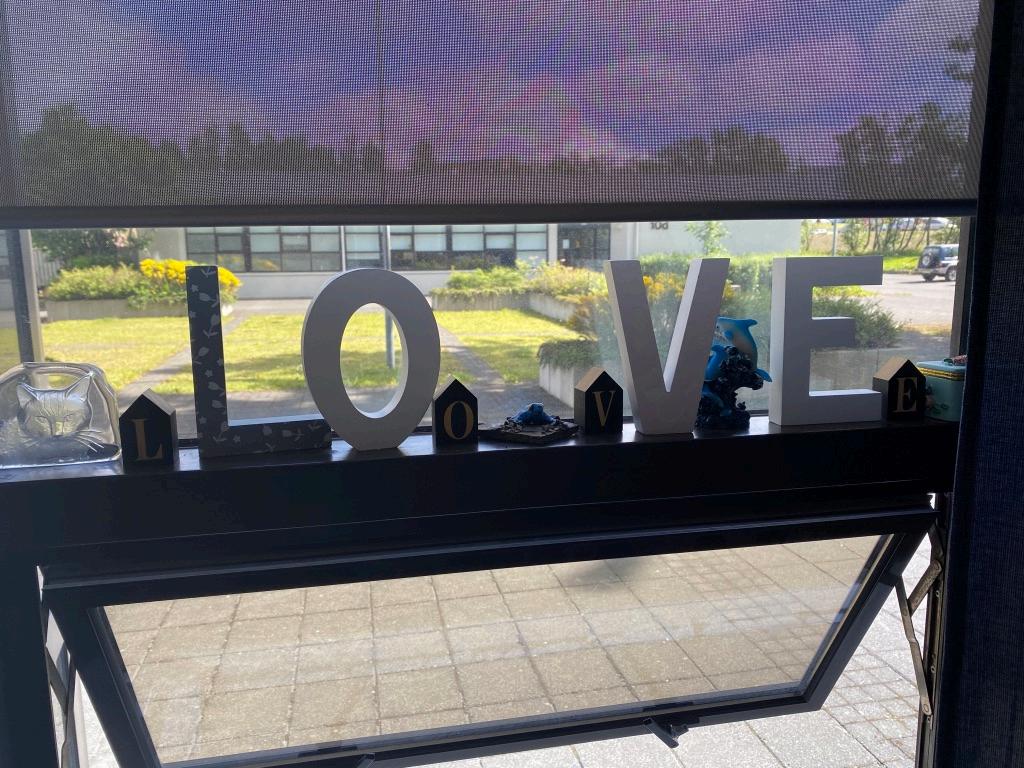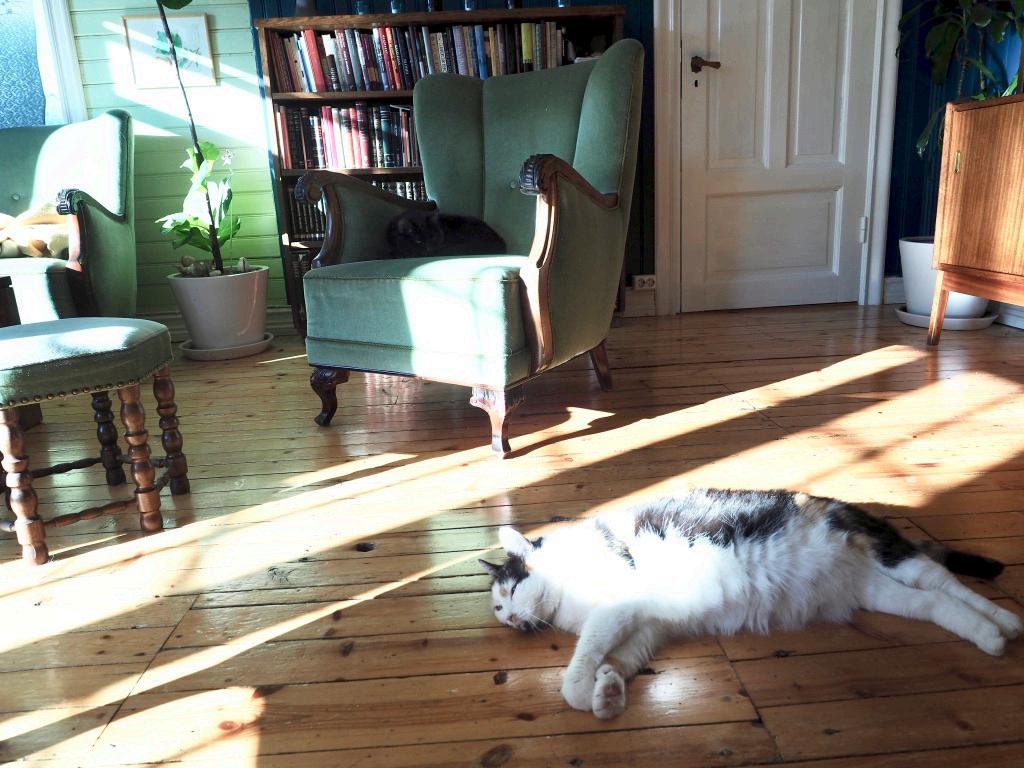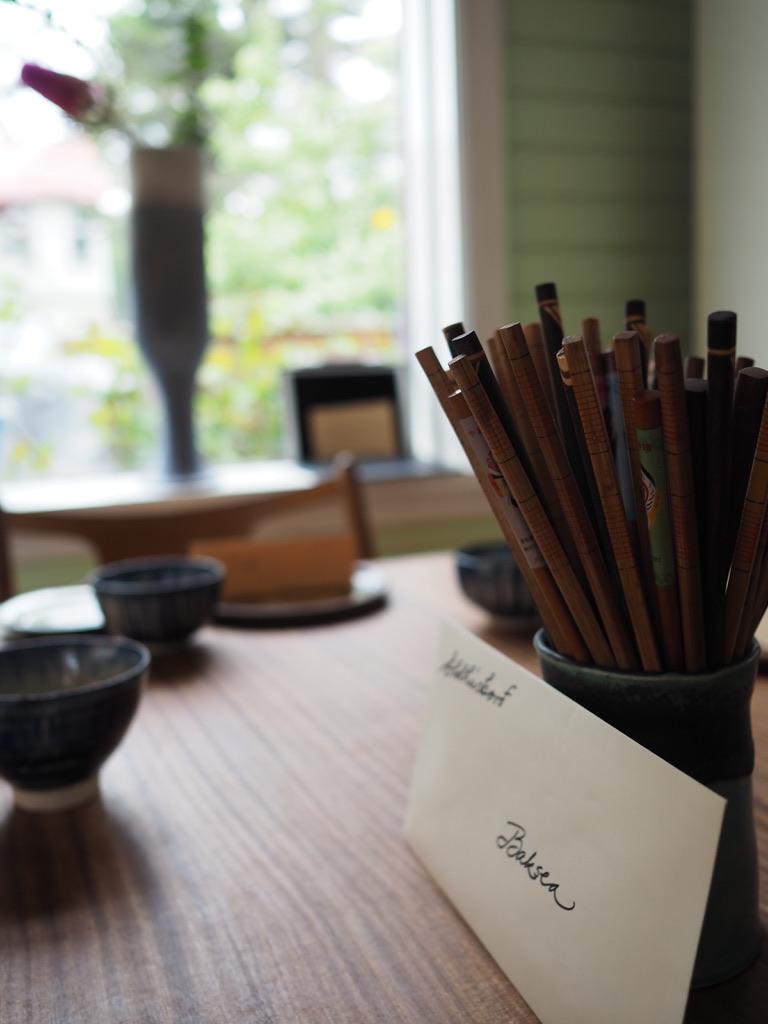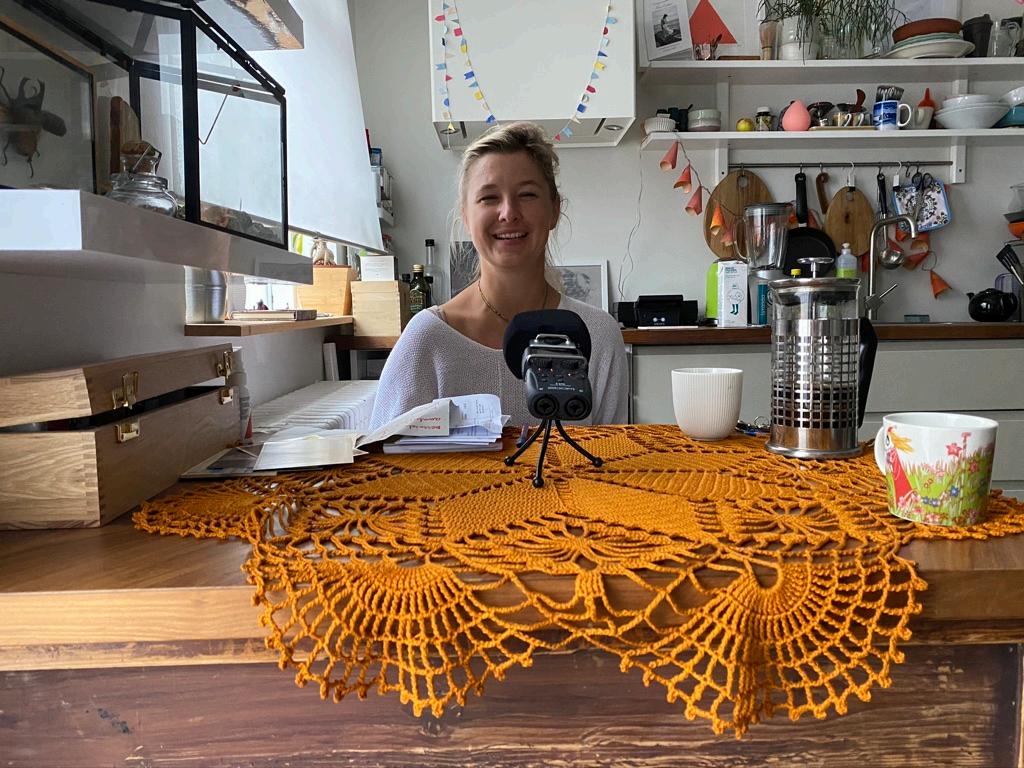
10 minute read
LETTER ONE URGENCY
LETTER ONE
URGENCY
Advertisement
In this letter I will explain what motivates me when I reach out to an audience with questions on quality of life and share with you my thoughts on how my artwork can contribute to the solution of the current global challenges through intimate performative encounters.
Let me start by introducing myself. I am a 55-year-old menopausal, white, educated, middle class woman from a Nordic country. I am one of six siblings that all have university degrees in different fields: in the arts, medicine and economy. Daughter of a plastic surgeon and a teacher, librarian. I have three grown up children, all students, and a husband of 30 years that works in academia and is a Doctor of Philosophy from Cambridge University, UK. I am a trained performer, I hold a BA degree in theology from University of Iceland and a MA degree in Performing Arts from De Montfort University, UK. I am a trained performer and have a diploma in life coaching. I have worked as a performer, director, writer, dramaturg, artistic leader and lecturer. More then half of my professional life I have had long term contracts and leadership-roles in different professional contexts. I own two properties in Reykjavik, an electric car and two bicycles. I also have two cats that I am allergic to. I have moved between different European countries, as a child and later as an adult with family of my own. I am a spiritual person that has practiced meditation and sought spiritual enlightenment within different frameworks. Lately I have been drawn to a Buddhist worldview. I am motivated by the love I have for my children and a hope I nurture for the future generations of all species, that they will live in a safe and just world in peace, tender care and understanding, breathing healthy air and drinking clean water. I am constantly reminded of my own privileges that stem from my specific background and my financial and social status.
I have a genuine interest in creating a dialogue with my audience about quality of life, embedded and embodied in everyday actions and choices, bringing out questions on personal values. I am interested in how quality of life manifests in different ways in our daily lives. I take departure in the WHO´s definition of Quality of Life being the “… individual's perception of their position in life in the context of the culture and value systems in which they live and in relation to their goals, expectations, standards and concerns“ (WHO 2012).
In my practice I am occupied with the individual perceptions of what constitutes quality of life and how these perceptions are the basis for perspectives or even values that dictate the personal everyday choices of people in their private lives, in their homes and within their local community.
This art practice is currently situated in my artistic research project in theatre titled How Little Is Enough? Sustainable Methods of Performance for Transformative Encounters. The PhD project aims to develop sustainable methods of creating transformative encounters with an audience through participatory and site-specific performance, with a particular focus on how minimal
and sustainable the framework for an encounter can be. My leading research question is: How to construct a transformative artistic encounter through the most minimal means?
The project is rooted in my artistic practice of more than 20 years, my degree in theology and most recently in my practice as a life coach. Throughout my practice I have been interested in creating a dialogue with my audience, acknowledging that what they bring to the performance is a part of the actual content of the artwork.
The research strives to produce, through minimal means, transformative experiences that counteract consumerism and a society of hyper mediation. The project is concerned with values such as sustainability, personal responsibility and appreciation of personal experiences, vulnerability, tenderness, uncertainty, genuine exchange and imperfection. The research aims to stimulate the important discourse on sustainability within performing arts practices and open up new perspectives to the role the arts have in a possible solution to current global challenges. The research furthermore aims at bringing pre-existing participatory practices into conversation with UN sustainability Goals with a particular focus on personal values and their affect on quality of life. Theoretically I place the research within the discourse of affect, a cross disciplinary field of theory that is rapidly expanding. I do not follow a particular strand of theory but am inspired by thinkers from different directions such as Eve Kosofsky Sedgwick with her writings on touch (2003), Donna Harraway in her “speculative fabulation” about the community of critters in the Chthulucene (2016) and Deleuze and Guattari on their writings on percept, affect and concept (1994).
In regard to the artistic methodology, the work makes use of relational and porous dramaturgy strategies especially when it comes to site specificity and spectator´s participation and imbedded in the artistic method is a sustainable ethos transcending the different aspect of the work. This will be the topic of my next seminar.
I see my artistic role as being someone that tilts the view of our everyday life creating possible new insights to daily rituals that make up our world. This view can be related to what Timothy Morton describes as an aesthetic dimension of causality where the reality is framed in a certain way, so the patterns become visible and all the objects become super real. (Morton, 2013, p.67) The work seeks to affect people in site specific settings such as private homes and local communities, confronted with lived experiences of their hosts and potentially of their own. With the most minimal means the experience is staged to distinguish art from life, making it a timeless affect independent from the lived experience. When Deleuze and Guattari talk about affect in arts they articulate clearly how artistic experience separates itself from other affective experiences claiming that the nature of art is that it preserves and what it preserves is a compound of sensations experienced through a composition:
“Composition, composition is the sole definition of art. Composition is aesthetic, and what is not composed is not a work of art.” (Deleuze & Guattari, 1994, p.191) Where Deleuze and Guattari talk about composition Erika Fischer Lichte points to the instrument of staging or mise en scène as the defining factor. It is my belief that by tilting the view only slightly a new sense of reality can appear which Lichte calls reenchantment of the world:
Staging is responsible for the performative generation of materiality in such a way that the appearing elements attract the audience’s attention and simultaneously highlight the very act of perceiving itself. Staging brings about situations in which even inconspicuous and ordinary elements become remarkable and appear transfigured. Moreover, the spectators become aware that they are affected and transformed by their experience of the movements, light, colours, sounds, odours, and so forth. The mise en scène can therefore be defined and described as a process that aims at the reenchantment of the world and the metamorphosis of the performance’s participants. (Fischer-Lichte, 2008, p.189)
It is through this tilted view that the reenchantment of the world happens. My work seeks to stage or highlight certain fragments of reality in site specific settings leaving art and non art to coexist. The staging is an invitation to view certain things through a new lens, the lens of the host; the other. I am also interested in creating this awareness of affect that Lichte speaks about, and the staging brings about. Occasion arises for the spectators to view everyday objects and daily routines as objects of artistic interest, or in other words, enter an aesthetic dimension that consists of the causality of their own daily actions (Morton, 2013). Morton talks about these experiences being magical and even a miracle.
We live in an infinite non-totalizable reality of unique objects, a reality that is infinitely rich and playful, enchanting, anarchic despite local pockets of hierarchy, infuriating, rippling with illusion and strangeness. In this reality, objects are perfectly straightforward, with no transcendental or hidden aspects. Yet precisely because of this very fact, objects are completely weird: they hide out in the open, under the spotlight. Their very appearance is a kind of miracle. (Morton, 2013, p.55)
Even though I might be interested in magic and miracle it is not motivated by an urge to seduce people into forgetting the seriousness of the imminent global and social crisis. On the contrary I invite the spectators to become aware of themselves in the work, remember who they are, what they strive for and why. The focus of many contemporary theatre works, working with lived experiences, is to shed light on traumatic experiences, violence and social injustices addressing
feelings of shame, fear and insecurity, creating empathy towards the victimised other. This sometimes takes place through documentary or verbatim theatre, giving the protagonists agency and even central role as performers on stage. The resent work of Fix and Foxy, the critically acclaimed, “My Deer Hunter”, is a good example of this approach with war veterans representing themselves on stage dealing with post traumatic syndrome. Even though this is a noble task and can be constructive for all involved when made with artistic rigour and tender care, I have chosen to approach lived experiences from another angle. To be enchanted by the everyday is described by Jane Bennett in her book The Enchantment of Modern Life: „To be enchanted is to be struck and shaken by the extraordinary that lives amid the familiar and the everyday“ (Bennett, 2001, p. 4). In her book Bennett argues that rehabilitating enchantment in the world and exercising the ability to experience wonder can contribute to the strengthening of ethical behaviour. Bennett describes her mission like this:
I dust off and shine up [...] the experiences of wonder and surprise that endure alongside a cynical world of business as usual, nature as manmade, and affect as the effect of commercial strategy. [...] My counter story seeks to induce an experience of the contemporary world - a world of inequity, racism, pollution, poverty, violence of all kinds - as also enchanted - not a tale of reenchantment but one that calls attention to magical sites already here. (Bennett, 2001, p. 8)
At the heart of my project is this activity of looking for undeniable positives in everyday experiences and to point out the things worth living for, the “happy objects” using Sarah Ahmed’s concept; “objects [that] become happy, as if happiness is what follows proximity to an object“ (Ahmed, 2010, p.21). No Show focuses on what works in the everyday life and what brings contentment and a sense of purpose to peoples lives. The work asks its spectator what qualities they are looking for in their daily lives and what makes them belong and feel at ease with the world they live in. It is my belief that beauty exists in the lives of every being, it is just to shed light on it and cultivate.
In the next letter I want to talk to you about my methods and describe the work in more detail.
RITUAL I
You sit at your desk trying to find meaning of the words you have transferred from your inner being onto the screen. A flock of doves fly vigorously past your window surrounding you with an energetic sound of flapping wings. Then suddenly „PANG“ a bird knocks into the windowpane. When you reach the window, you see that the bird has left a graphic imprint on the glass pane. An impression of a dove. You think of the invisible hindrances in your own life and the blind spots you carry with you. You wonder if you would survive such a collision and what kind of impression you would leave behind.
TASKS
OBSERVATION
Notice the qualities of this moment.
ACTION
Write a list with your urgencies ...or draw a bird.
CONTEMPLATION
How do questions on quality of life relate to what you are occupied with in your work?







